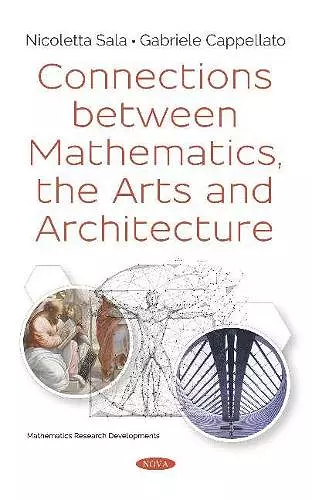Connections between Mathematics, the Arts and Architecture
Nicoletta Sala author Gabriele Cappellato author
Format:Hardback
Publisher:Nova Science Publishers Inc
Published:2nd Jul '19
Currently unavailable, our supplier has not provided us a restock date

This non-fiction hardback, "Connections between Mathematics, the Arts and Architecture" from Nicoletta Sala & Gabriele Cappellato, was published 2nd July 2019 by Nova Science Publishers Inc.
ISBN: 9781536151954
Dimensions: unknown
Weight: 552g
308 pages